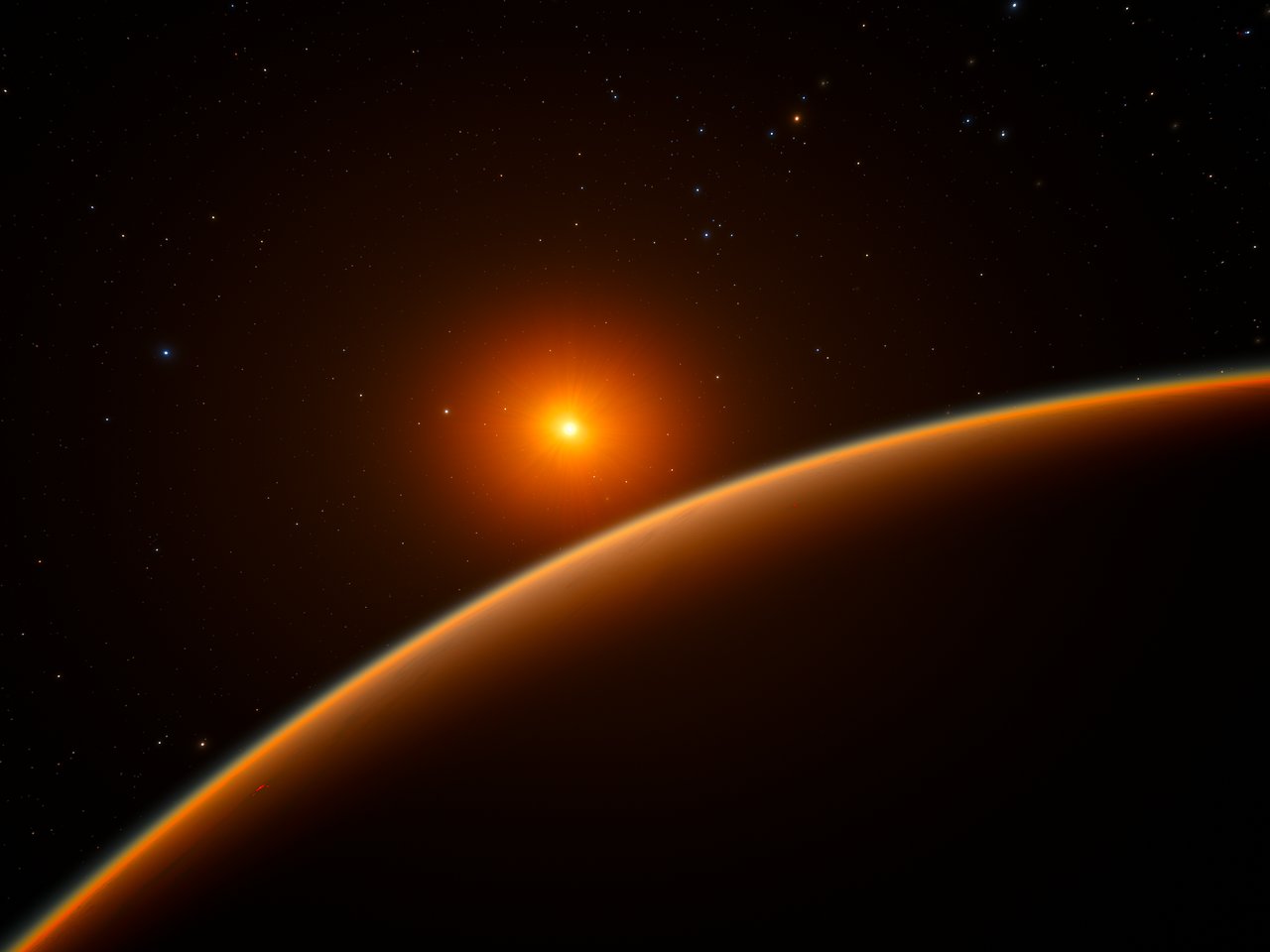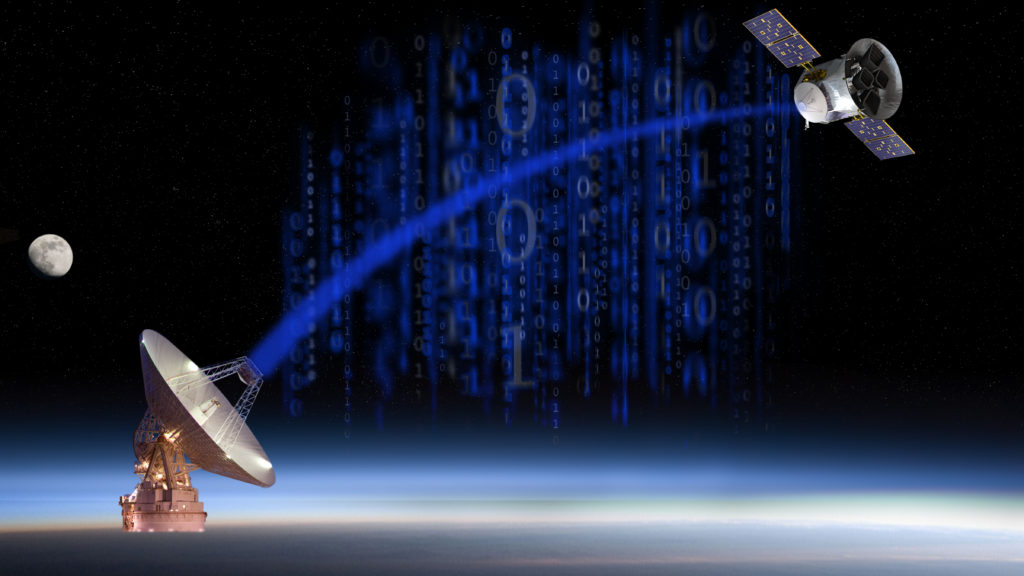New Info Shows Astronomers Where To Search For Earth-Like Planets

Humans love Earth, but as much as we do like it indeed, there has been this quest of finding similar planets that we can use for our new home when this one cannot support us anymore.
Astronomers have created a catalog of 1,822 nearby stars which are around, and the Transiting Exoplanet Survey Satellite (TESS) mission might spot planets receiving Earth-like levels of starlight.
A significant move
Gizmodo reveals that this is a stepping stone in the humanity’s search for planets similar to the one we’re living on. Such planets are called habitable exoplanets.
It’s no mystery that it will take a really long time to find other habitable planets, but it’s important to note that a huge step towards the goal has been made.
Gizmodo talked to Lisa Kaltenegger, associate professor in astronomy and Director of the Carl Sagan Institute at Cornell University who said the following:
“We have identified the stars where TESS can search for Earth-like planets.”
TESS can detect planets as small as twice Earth’s radius
It was also reported that for these 1,822 stars, TESS seems to be sensitive enough to detect planets which are as small as twice our planet’s radius, receiving radiations levels which are similar to the ones that are currently hitting Earth.
“Of those stars, TESS could detect planets as small as 1.6 Earth radii for 1,690 of them, and one Earth radius for 408, according to the paper published in The Astrophysical Journal,” Gizmodo wrote.
The popular online publication explains that “for 227 of those stars, TESS can search for planets in the fullest extent of their habitable zone—what humans think of as the Goldilocks zone for life, where liquid water can exist stably on a rocky planet’s surface.”
NASA launched TESS less than a year ago, and its mission is crucial: surveying the nearby galactic neighborhood for stars that have their own planets. The first exoplanet has already been found.
The conclusion is that whoever is looking for Earth-like exoplanets should begin by understanding what the telescope can actually do and catalog the stars that might host such planets.

0 comments